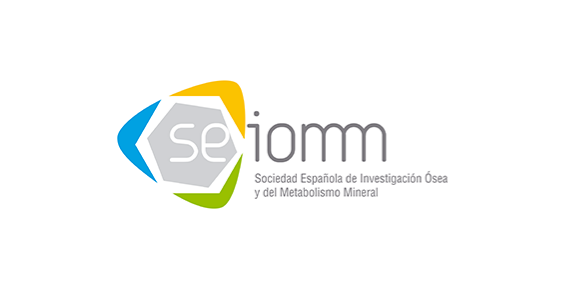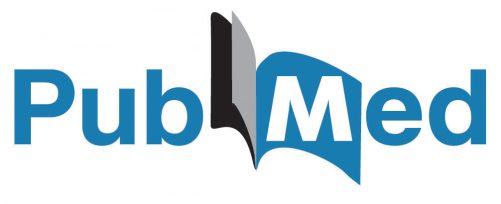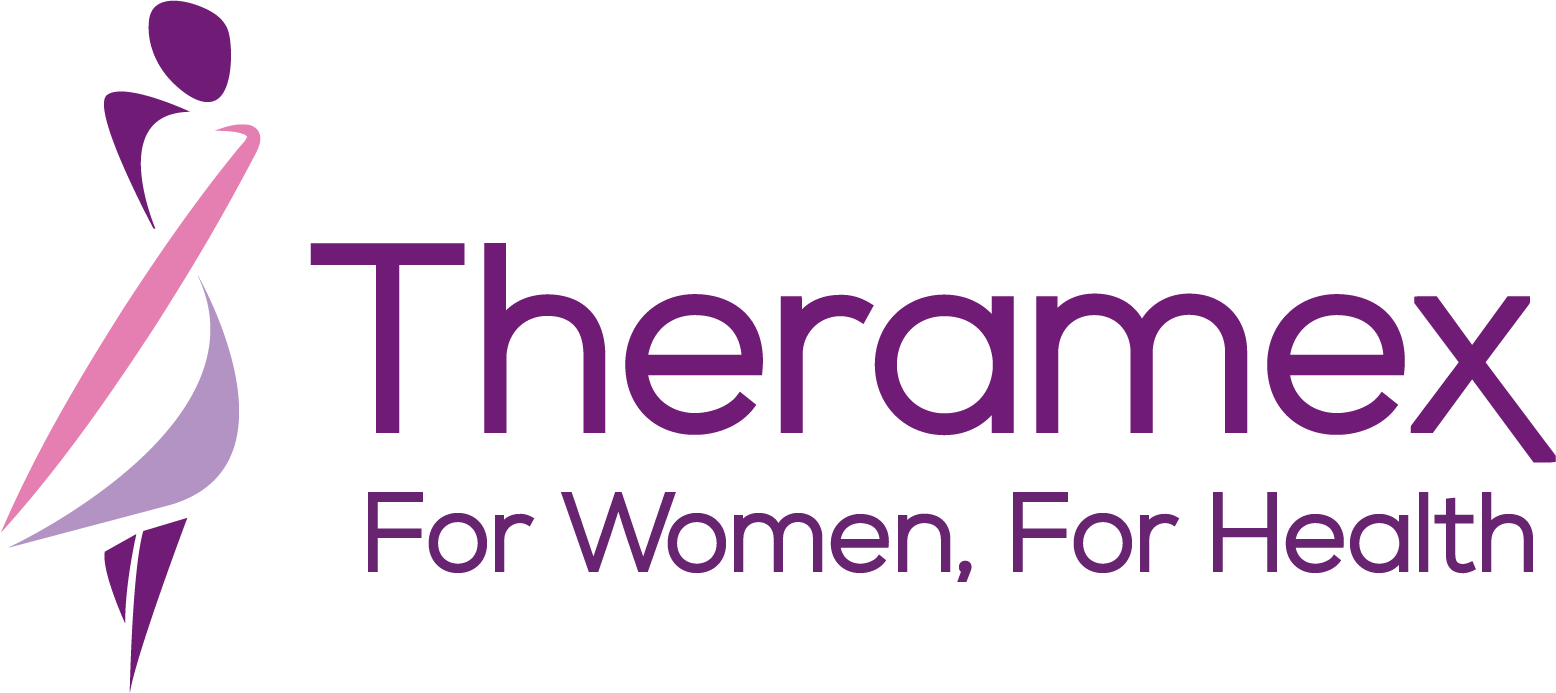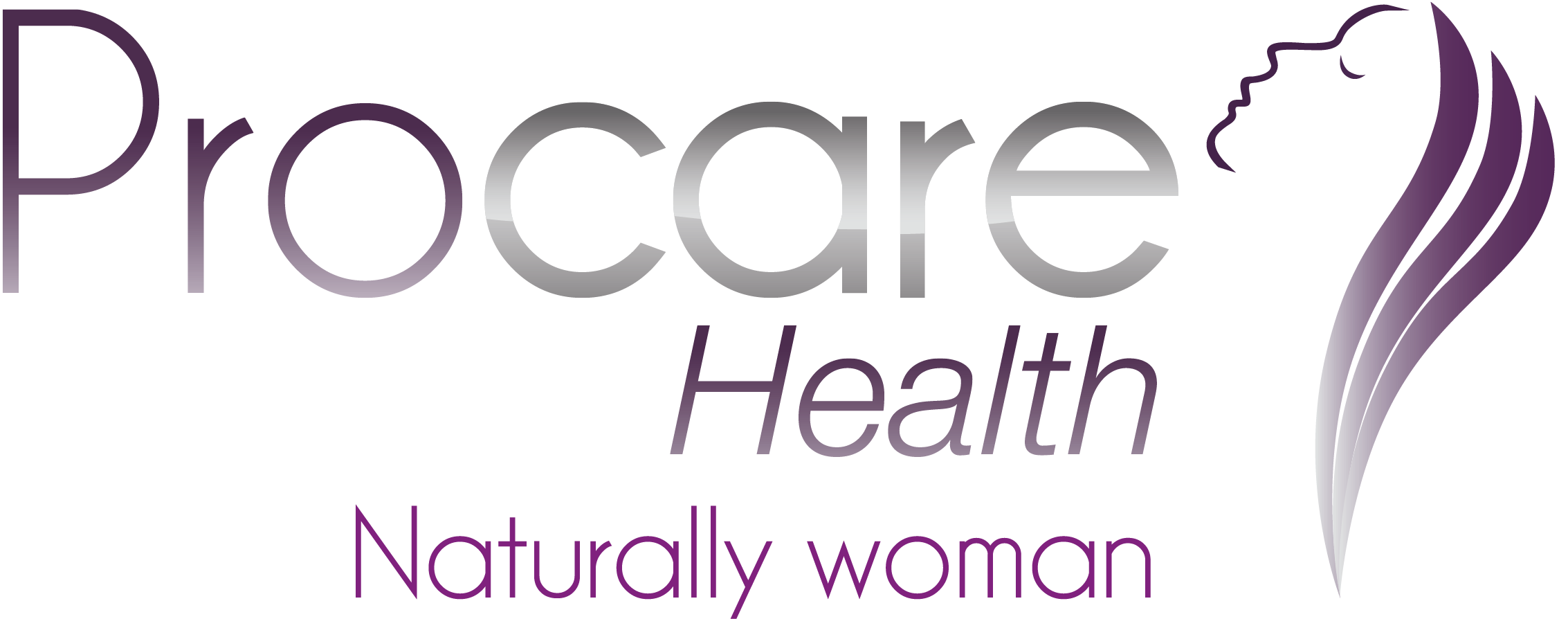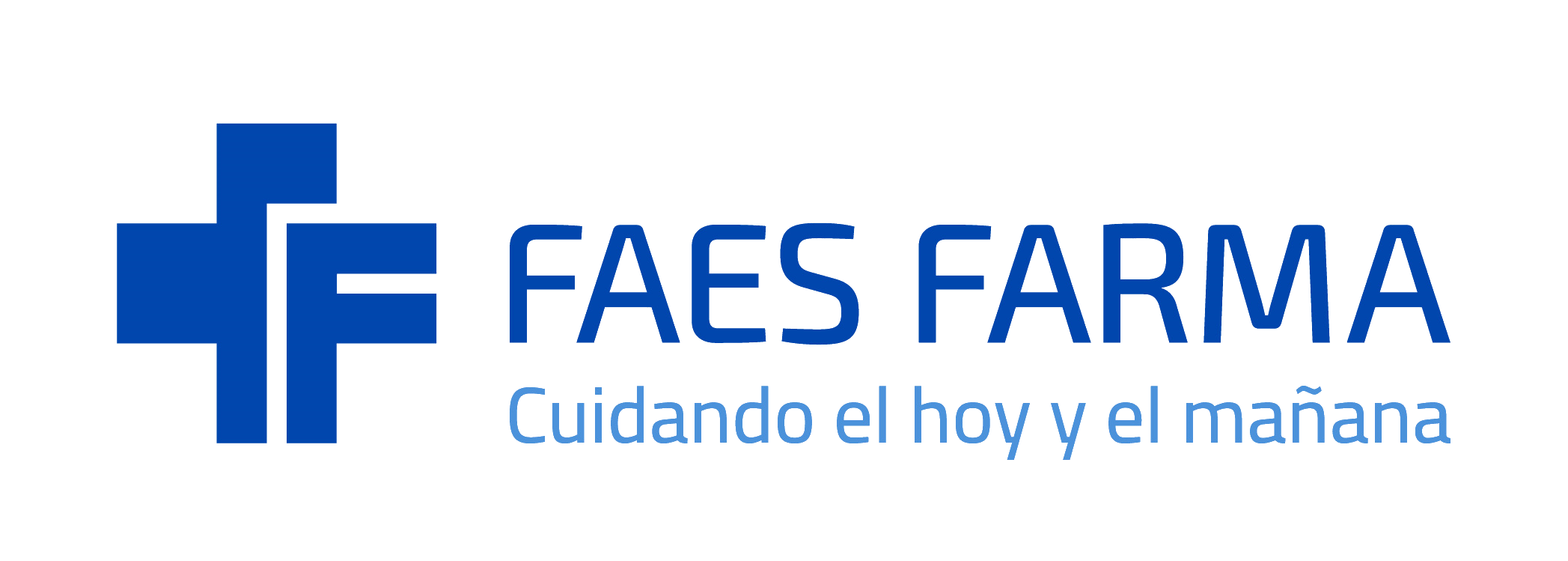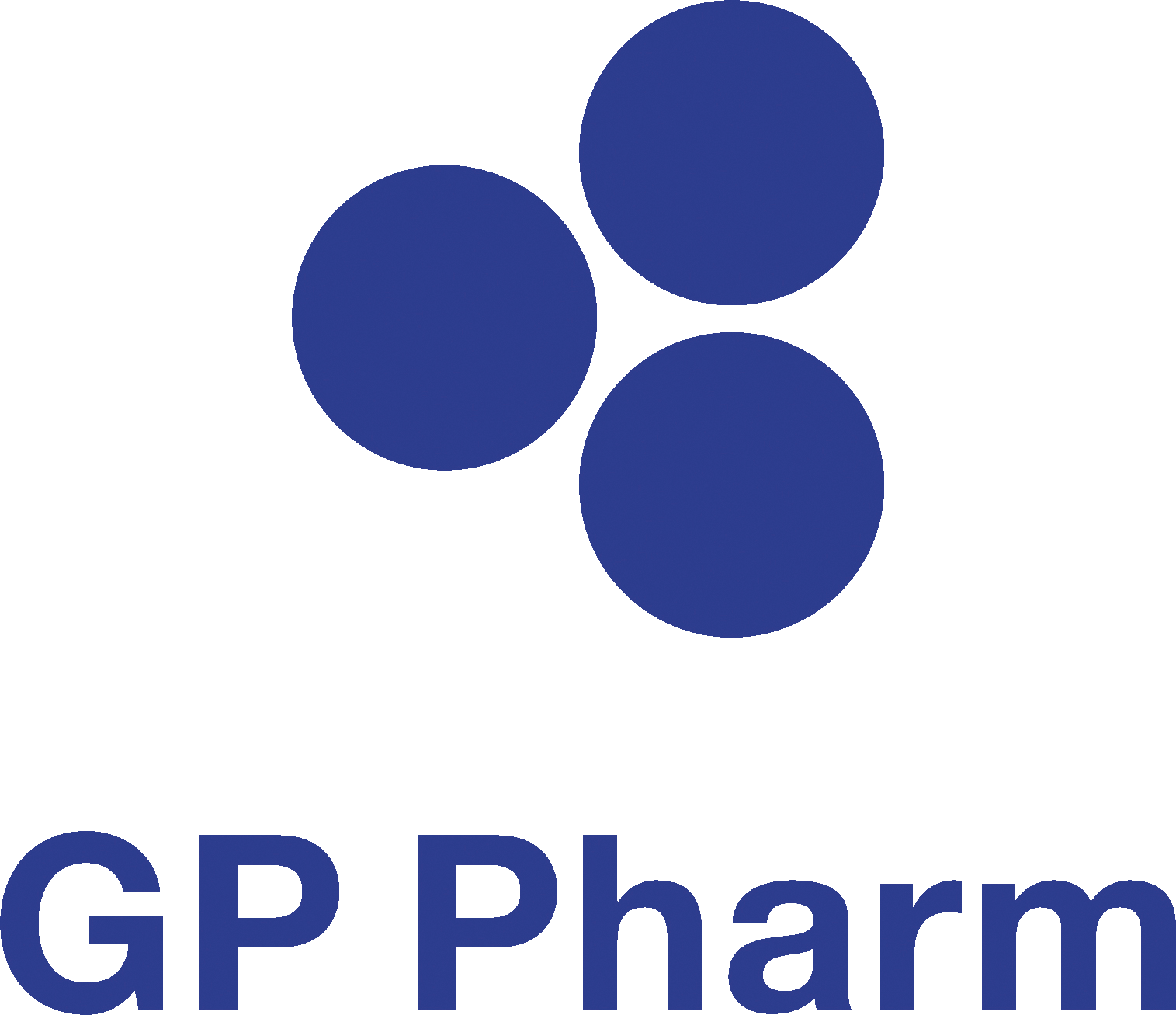En el año 2001 se presentaron las Guías de Práctica Clínica sobre Osteoporosis Posmenopáusica de la Sociedad Española de Investigación Ósea y del Metabolismo Mineral (SEIOMM)1. En el año 2008 se publicó una segunda versión, que además de actualizar aspectos diagnósticos y terapéuticos de la osteoporosis postmenopáusica, incluyó la osteoporosis inducida por glucocorticoides (GC) y la osteoporosis del varón2. Ahora presentamos una tercera versión, que al margen de lo concerniente al diagnóstico y tratamiento, dedica atención a los importantes problemas de manejo de la osteoporosis que se han planteado en los últimos años, como las llamadas vacaciones terapéuticas, el tratamiento secuencial, el control de la respuesta terapéutica o la valoración del riesgo de fractura. No hace falta insistir en que las Guías proporcionan una orientación que no puede ni debe sustituir el juicio clínico del médico ante cada paciente concreto; simplemente plantean un esquema ordenado y razonado de sugerencias de actuación. Están dirigidas a médicos implicados en el tratamiento médico de la osteoporosis, tanto de Atención Primaria como Hospitalaria.
Lack of association of vitamin D receptor BsmI gene polymorphism with bone mineral density in Spanish postmenopausal women
The BsmI polymorphism in the VDR gene was not associated with BMD in Spanish postmenopausal women.
Osteocytes and Homeostasis of Remote Organs : Bone-Buried Osteocytes Talk to Remote Organs
Curr Osteoporos Rep. 2015 Aug;13(4):193-7. doi: 10.1007/s11914-015-0269-9. The study of bones has attracted researchers from many medical fields. To understand bone-organ interactions, hematologists were challenged to investigate bone marrow (BM), the core of bone where … Leer más
Common allelic variants of the vitamin receptor D gene rs7975232 (ApaI) do not influence bone mineral density figures in postmenopausal osteoporotic women
The VDR gene rs7975232 polymorphism is not related to figures of bone mineral density in postmenopausal osteoporotic Spanish women
Early (1-year) Discontinuation of Different Anti-osteoporosis Medications Compared: A Population-Based Cohort Study
Early discontinuation with available anti-osteoporosis oral drugs is very common. Monthly risedronate, weekly alendronate, and daily teriparatide are the drugs with the best persistence, whilst daily oral drugs have 40-60 % higher first-year discontinuation rates … Leer más
Effect of whole-body vibration training on bone mass in adolescents with and without Down syndrome: a randomized controlled trial.
wenty weeks of WBV training may improve BMC and BMD in clinically relevant skeletal sites in both groups. Nevertheless, this type of training seems to provoke a lesser response in adolescents with DS than in … Leer más
MicroRNAs 29b, 133b, and 211 Regulate Vascular Smooth Muscle Calcification Mediated by High Phosphorus
miR-29b, miR-133b, and miR-211 have direct roles in the vascular smooth muscle calcification induced by high phosphorus and may be new therapeutic targets in the management of vascular calcification.
Incidence and Predictors of Multiple Fractures Despite High Adherence to Oral Bisphosphonates: A Binational Population-Based Cohort Study
Even among highly adherent users of oral BP therapy, a minority sustain multiple fractures while on treatment. Older age was predictive of increased risk within both study populations, as was history of recent/old fracture and … Leer más
Serum Circulating MicroRNAs as Biomarkers of Osteoporotic Fracture
Several miRNAs may be biomarkers of bone fracture, particularly miR-21-5p.
Surgical treatment in spine Paget’s disease: a systematic review
The main objective of the review is to find out indications for surgery, outcomes of these patients and also the standard perioperative management.

